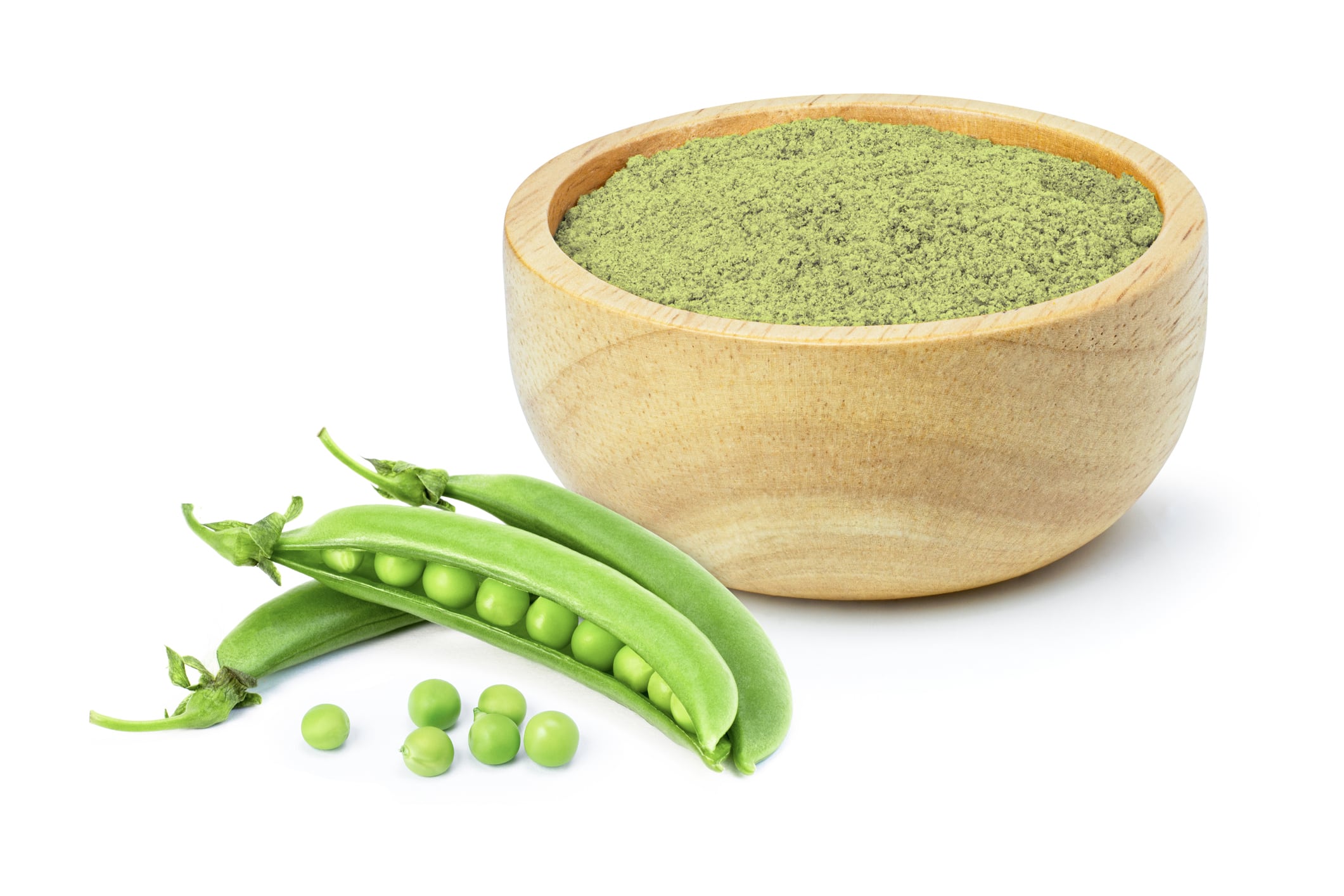What is driving plant-based protein growth today? A quick summary
- Health-focused formats drive demand as meat alternatives lose consumer interest
- Pea, chickpea and sunflower proteins show strongest growth potential globally
- Applications in snacks, shakes and ageing nutrition boost protein innovation
- Soy and wheat gluten don’t have as much potential due to allergens and consumer perception
- Functionality, digestibility and satiety now key to protein success metrics
One of the big stories this year is the decline of sustainability as a whole, and plant-based meat alternatives in particular.
As investors become more discerning about where they put their money, and consumers focus more on health and clean-label, it seems like the boom time for plant-based is well and truly over.
It depends on how you look at it, however. While meat alternatives are certainly declining, plant-based protein itself still has buckets of potential.
They are versatile, often nutritious, and have a rich life beyond vegan versions of meat products.
Where is plant-based protein seeing success?
The success of plant-based protein today is often driven by their application.
“Success hinges on taste, cost-in-use, and blending – not ‘plant-based’ positioning alone,“ explains Nandini Roy Choudhury, principal consultant for market intelligence firm Future Market Insights.
As meat alternatives are becoming less popular, plant-based protein is simply being used elsewhere, for example in products aiming to provide health and functionality.
“Retail alt-meat softness is real, but protein demand is simply migrating to health-forward formats.”
For example, protein fortification being used heavily in snacking and bakery products. Biscuits, bars and cereals are using pea, sunflower and chickpea protein to make high protein claims without the need for heavy processing.
Protein drinks and shakes also continue to be popular with consumers, as do high protein products in sports and active nutrition.

Easily digestible plant-based protein is being used for healthy ageing, in clinical shakes and products aimed at preventing sarcopenia (age-related loss of skeletal muscle mass, strength and function).
Another key application for plant proteins is in GLP-1 nutrition, weight management and products aimed at GLP-1 users. These products can support satiety for those aiming to lose weight, explains Choudhury, or preserve muscle for those on the drugs.
But plant-based alternatives are not entirely on the decline. “Progress in protein enrichment and texture” has led to potential for dairy alternatives, explains Choudhury, while hybrid meat has potential “even as pure-play alt-meat cools at retail” due to cost and taste.
Which plant-based proteins have the most market potential?
While plant-based protein is primarily driven by applications, this doesn’t mean that some individual proteins do not have more growth potential than others.
Pea protein is “still the workhorse”, says Choudhury. It has “strong supply pipelines (including into China), improving flavour and texture processing, and broad use across snacks, bakery, RTD shakes, and hybrids.”
Pea protein growth is expected to be substantial. “Multiple sources project double-digit growth into the early 2030s.”
Chickpea also has potential, with a clean taste, low allergen profile and versatility. It can be used in gluten-free bakery, snacks, dairy alternatives and kids’ nutrition. Growth forecasts are high single to low double digits, with greater potential in the US.
The sunflower protein market is also growing, though it is small at the moment. Sunflower protein benefits from the fact it’s not an allergen and is often positioned as non-GMO.

A new challenger is rapeseed protein. Following rapeseed protein–fibre concentrates gaining novel food approval from the EU, its potential has significantly grown. Particularly, it has functionality in bakery, cereals and blends.
Which plant-based proteins have less growth potential?
On the other hand, some old favourites have less growth potential. This includes soy.
While soy dominates the market in many ways, its growth potential is less significant. It already has a mature market, Choudhury points out. Furthermore, some consumers with concerns about GMOs relate these to soy. The fact soy is an common allergen also doesn’t help.
Wheat gluten protein is also not doing as well as others, due in part to the prevalence of gluten intolerance, explains Future Market Insights’ Choudhury. Lupin, too, is being let down by its status as a listed allergen in the UK and EU.
Rice and oat protein do not have this problem – they are not often considered allergens. However, low protein yields as well as cost and performance constraints mean that they may not be drivers of growth.
Other protein sources, such as algae, tempeh and fungi, struggle with consumer appeal due to lack of familiarity, explains Neha Srivastava, senior patent analyst at Mintel.
Overall, the success or failure of protein often hinges on what it can do for consumers and manufacturers, in terms of health, taste, texture, low allergen potential, and functionality.





